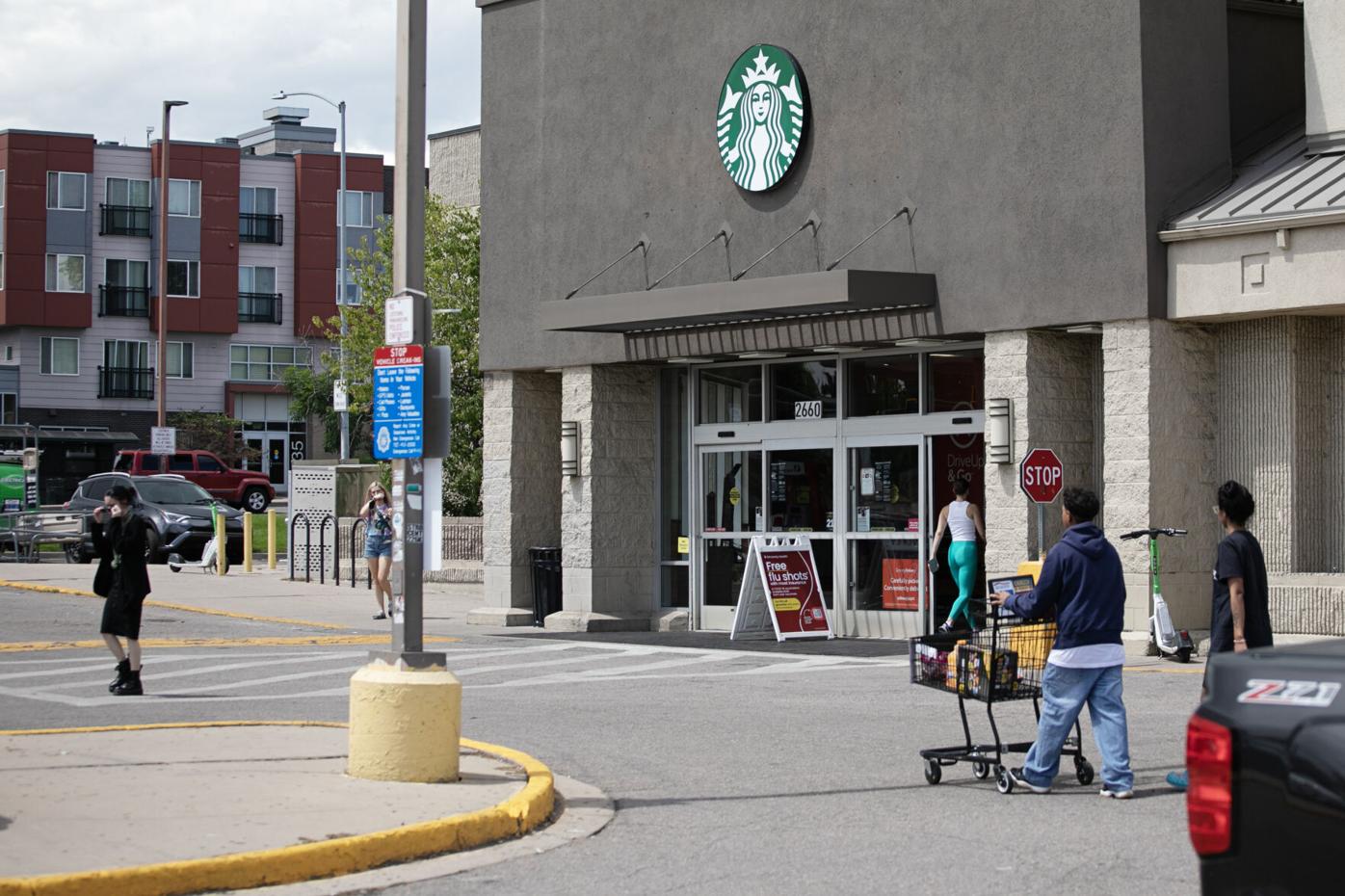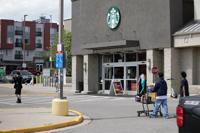Denver leads U.S. in lower inflation. But can it stay in the sweet spot?
After years of surging prices, Denver’s inflation rate is showing signs of normalcy.
Denver-Aurora-Lakewood’s annual inflation rate hit 1.9% in July and was the lowest among 12 metropolitan regions, according to federal data released Wednesday. The U.S average hit 2.9%.
The national inflation rate is causing excitement because it’s the first time the country’s rate has been below 3% in three years, said Brian Lewandowski, economist at the University of Colorado Boulder.
While the U.S. figures weren’t surprising, Lewandowski said Denver’s inflation came in much lower than he expected.
“We’ve tended to run higher or run hotter when it comes to price growth,” the economist said. “And now we’re running below that national number, and by quite a bit.”
The Bureau of Labor Statistics tracks inflation across 23 cities. Data from the three biggest cities — New York, Los Angeles and Chicago — are released monthly. Meanwhile, the federal agency releases data from the rest of the cities like Denver every other month.
So far, Denver is leading the nation in having the lowest inflation rate.
In July, the next lowest rates were in Florida’s Tampa Bay region (2.4%) and California’s San Bernardino (2.8%). From June’s list of 14 other cities, Houston had the lowest at 2.1%, followed by Atlanta at 2.6%.
!function(){“use strict”;window.addEventListener(“message”,(function(a){if(void 0!==a.data[“datawrapper-height”]){var e=document.querySelectorAll(“iframe”);for(var t in a.data[“datawrapper-height”])for(var r=0;r<e.length;r++)if(e[r].contentWindow===a.source){var i=a.data["datawrapper-height"][t]+"px";e[r].style.height=i}}}))}();
It’s the first time Denver recorded inflation below 2% since 2021, when prices surged at decade highs following the pandemic.
The Federal Reserve began targeting 2% inflation as the ideal for maintaining economic stability back in 2012. Fed officials have been trying to get back to its target rate over the last two years — as inflation peaked at 9.1% in 2022 — by increasing interest rates to slow the economy.
As Denver’s economy cools, the question is whether inflation in the area will stay near the sweet spot. So far, it’s only been for one data point.
“We need to make sure that price growth can be sustained at the lower level and not … accelerate back to 2.6% or 2.8%,” Lewandowski said. “And also not fall too far.”
Colorado’s growth slowing in 2024 but not as much as expected, economists say
Cooling housing market is main factor
The economist, who leads the Business Research Division at CU, attributes the lower inflation to Denver’s cooling housing market.
Housing is the largest weighing factor in inflation, accounting for 45% of the consumer price index.
Housing costs across the country have gone up 4.4% year-over-year, federal data shows. Meanwhile, Denver saw half that at 2.1%.
The cost of rents have stagnated in the Denver region at $1,900, up 1.3% year-over-year, partly due to the apartment construction boom that’s expected to slow, according to the Apartment Association of Metro Denver.
Denver is one of the top 10 cities in the nation for developing more apartment supply in the past five years, according to RentCafe’s apartment construction report released Aug. 7, with the region adding more than 50,000 units between 2019 and 2023.
Home values have also risen slower than most of the nation.
Denver has become one of the most expensive cities between the coasts, said Stephan Weiler, director of Colorado State University’s Regional Economic Development Institute and former economist at the Federal Reserve.
“There was a time where we were like the rest of the country having our home and rental prices going up fast,” Weiler said. “What it is signaling is that the market is coming down.”
With slowing inflation, as long as supply keeps up, he said it might offer more stability for those looking to buy a home.
“A sustainable inflation rate means that people can live where they work,” Weiler said.

Customers enter a grocery store in Denver's Jefferson Park neighborhood on Wednesday, Aug. 14, 2024.
Tom Hellauer/Denver Gazette

Customers enter a grocery store in Denver’s Jefferson Park neighborhood on Wednesday, Aug. 14, 2024.
Prices aren’t coming down
While housing is building progress for Denver’s inflation, the next largest group eating up the average person’s budget has been less consistent: food.
The price of “food at home” — the category tracking grocery costs — didn’t budge over the last year in Denver.
Meanwhile, “food away from home,” or eating out at restaurants, surged 5.6%.
It shows ingredients are likely not contributing to higher menu prices, Weiler said, but restaurants are having to pass the cost of labor and operations down to consumers.
The cost of cereal, baked goods, fruits and vegetables fell nearly 2% in Denver over the year. Dairy prices are up more than 1%. Meats, poultry, fish, and eggs stayed nearly the same.
Energy costs were down more than 8% from last year, with gasoline prices falling 12%.
Is metro Denver real estate in a ‘buyer’s market’?
But slowing growth does not mean the cost of living is dropping.
As inflation improves, the economists stressed costs aren’t expected to return to pre-pandemic times.
“It’s not signifying that we’re getting back to your old prices,” Lewandowski said. “We’re just getting back to the price growth trend … That’s normal growth.”
While the goal has been to get stable inflation again, he added, the flip side is that this growth is happening on top of new high prices.
And those have built up over the past few years.





